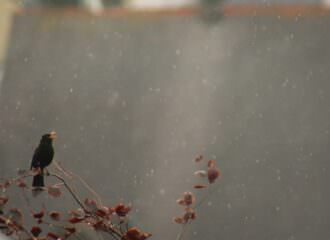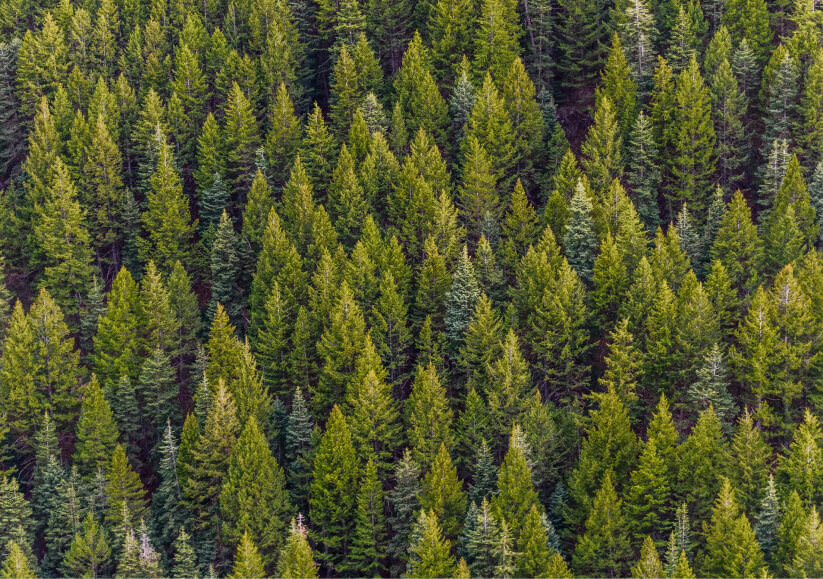
Biodiversity
Highlighting the biodiversity of Wales and importance in the landscape
Wales has a rich biodiversity with many iconic species. However, the abundance and distribution of fauna and flora has reduced overall over past decades; this is often piecemeal and therefore the full extent of change is not always evident. The environmental descriptors and land cover maps generated by Living Wales provide a valuable and expanding resource by which to understand where our biodiversity is located and how to reverse declines, and simultaneously also highlight successes so that we can build on these.
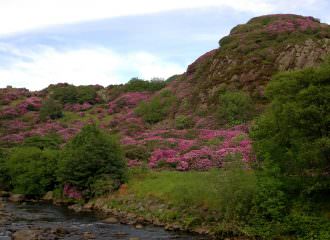
Although there are almost 2,000 established non-native species in Great Britain, only a small number of these are considered to be threateningly invasive.
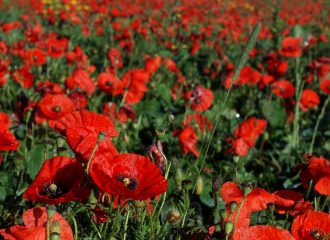
Cultivated habitats have been a widespread component of the British landscape for some 8000 years and a whole ecosystem of plants, birds, mammals and invertebrates has adapted to live in these habitats.
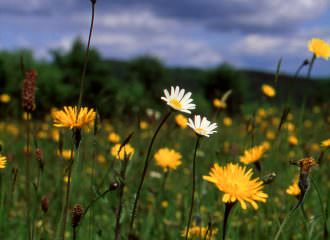
Meadows and pastures (permanent pasture grassland) in Wales account for more than 75% of the utilised agricultural land use area (i.e., 1.326m ha).
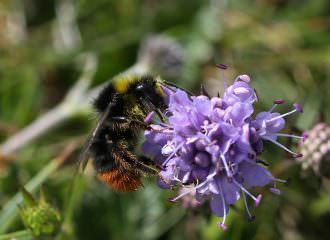
The decline in pollinator populations is an ongoing problem that could have a dramatic impact, not only on the diversity of our habitats but also for the range of plants available for cultivation.
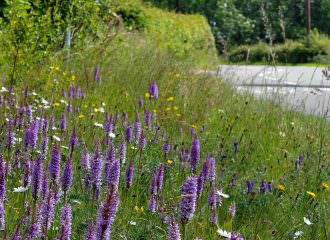
With so much of the wider countryside agriculturally improved to deliver high productivity habitats, roadside verges offer a tantalising glimpse into the past.
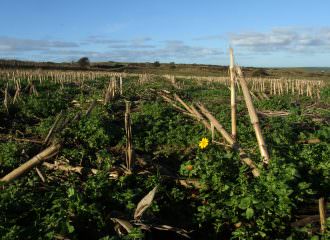
Winter stubbles, particularly weedy stubbles like the one shown here, have traditionally provided a source of food for farmland bird populations throughout the winter months.
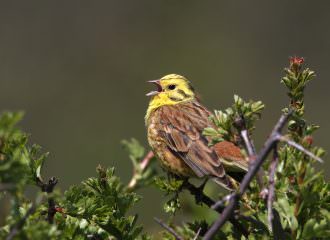
The song of the Yellowhammer was a familiar sound in the Welsh countryside as recently as the 1980s when, for example, the Pembrokeshire breeding population was estimated to be between 13,000 and 18,000 pairs.
